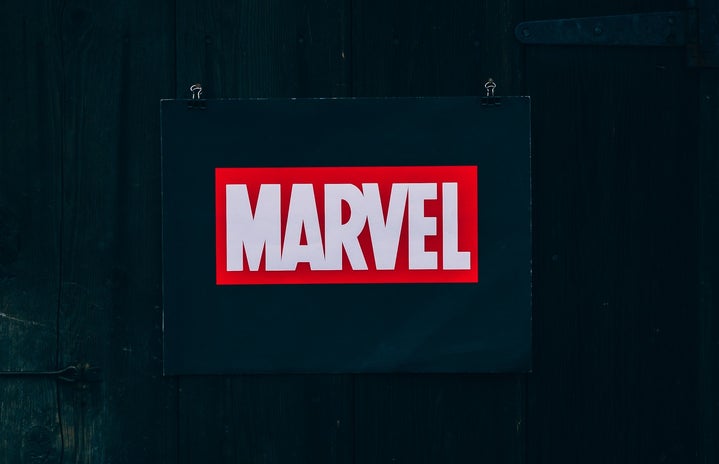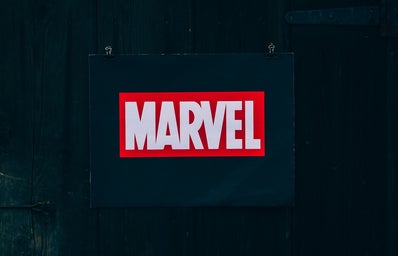**Warning: minor WandaVision spoilers**
With an ending that left viewers emotional, stunned and craving answers, Marvel’s Disney+ series WandaVision had its heartfelt conclusion on March 5, 2021. The nine-episode-long mini-series was centered around the protagonist, Wanda Maximoff, who, in the end, was named The Scarlet Witch.
For those unfamiliar with Marvel pop culture, The Scarlet Witch is arguably the most powerful witch within the Marvel Cinematic Universe. Her powers in WandaVision were admittingly stronger than even Doctor Strange’s. Nerds, you know what I’m talking about.
For decades, we have had to sit back and watch men rule the MCU. While the movies had been enjoyable for fans, they had also presented unjust treatment and portrayals of women through their appearances, counterparts and actions. However, more recent live-action adaptations have redirected their attention towards giving heroic female figures the recognition they rightfully deserve, especially compared to their previous depictions throughout comic books.
Wanda Maximoff made her comic book debut in 1964. Her first handful of featured stories characterized Wanda as a strong, self-aware hero. Yet, this did not excuse the evident traces of sexism and lingering misogyny interpreted in the action-packed short stories. Her secure sense of self and driven personality were admirable attributes, but they did not serve as a balancing act for any opposing components, which holistically represented blatant sexism.
As The Scarlet Witch’s character development steadily progressed during the ’90s, her body image changed with it. With each new Marvel issue, a new body part on Wanda was slightly more revealed. Her breasts were a focal point of the comic books she was featured in. Her features were also jammed with male characters making a point to mention her sex while also making references to negative, old-fashioned stigmas that comply with being a woman.
The Scarlet Witch should have been viewed as an influential female figure, but the late 1900s trends chose to illustrate her as a sex symbol for the Marvel universe.
Shaming Wanda and drawing attention to her body had become more of an important factor than her overlooked abilities and fierce nature.
The truth is a harsh reality. As much as we love and look up to female superheroes today, we also should find the importance in understanding their origination. Their progression in pop culture is an integral part of women’s history.
The Scarlet Witch we see today in WandaVision versus the one presented decades ago almost seem like different heroes. Her previous vision was noticeably a reflection of the saying “sex sells.”
In the past, Wanda’s body was exaggerated and posed on covers, pages and advertisements to draw male readers into purchasing comics. Thankfully, this tactic is of the past.
Pop culture has made incredible advancements in gender equality and equal representation.
WandaVision shifts the perception of Wanda from centralized sexism by beautifully developing a story that highlights her grief, happiness, love in her heart and internal battles. Wanda’s character development has finally become vital thanks to this captivating show.
Her outfit in WandaVision pleased viewers everywhere. Her attire embodied strength, with a halter neck and radiant headpiece to complement the fresh depiction created.
Wanda is now being dubbed “the most powerful avenger” on social media platforms like TikTok. The Scarlet Witch title is now being recognized for the true power it holds, rather than any other sexist view. She is a powerful woman who is finally receiving the proper appreciation.
Female figures in superhero culture have undoubtedly been oversexualized throughout time. Wanda Maximoff’s character, The Scarlet Witch, is just one example of illustrated sexism within Marvel history. However, her recent stance in WandaVision creates an accurate view of how strong women actually are. If live-action superhero adaptations continue to value character development over female appearances, then this would continue to remove sexism within superhero culture.



